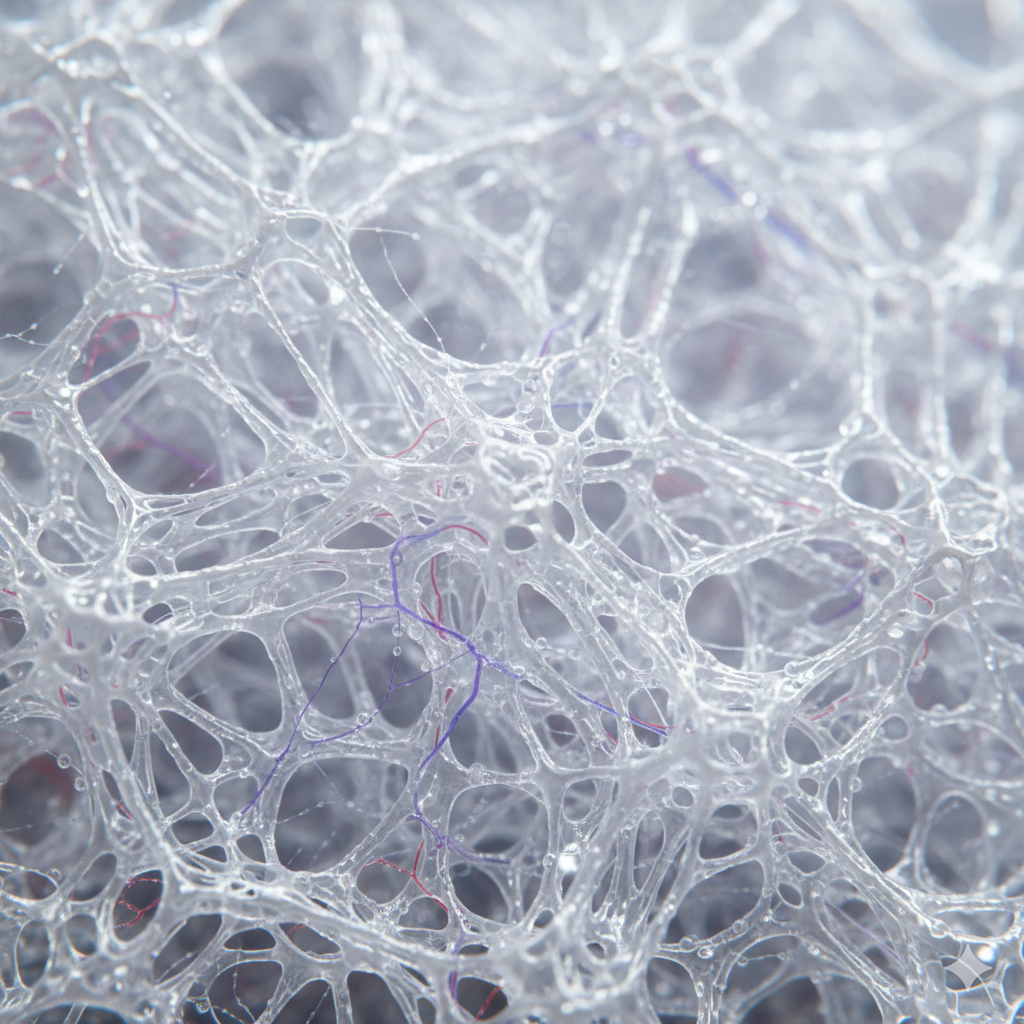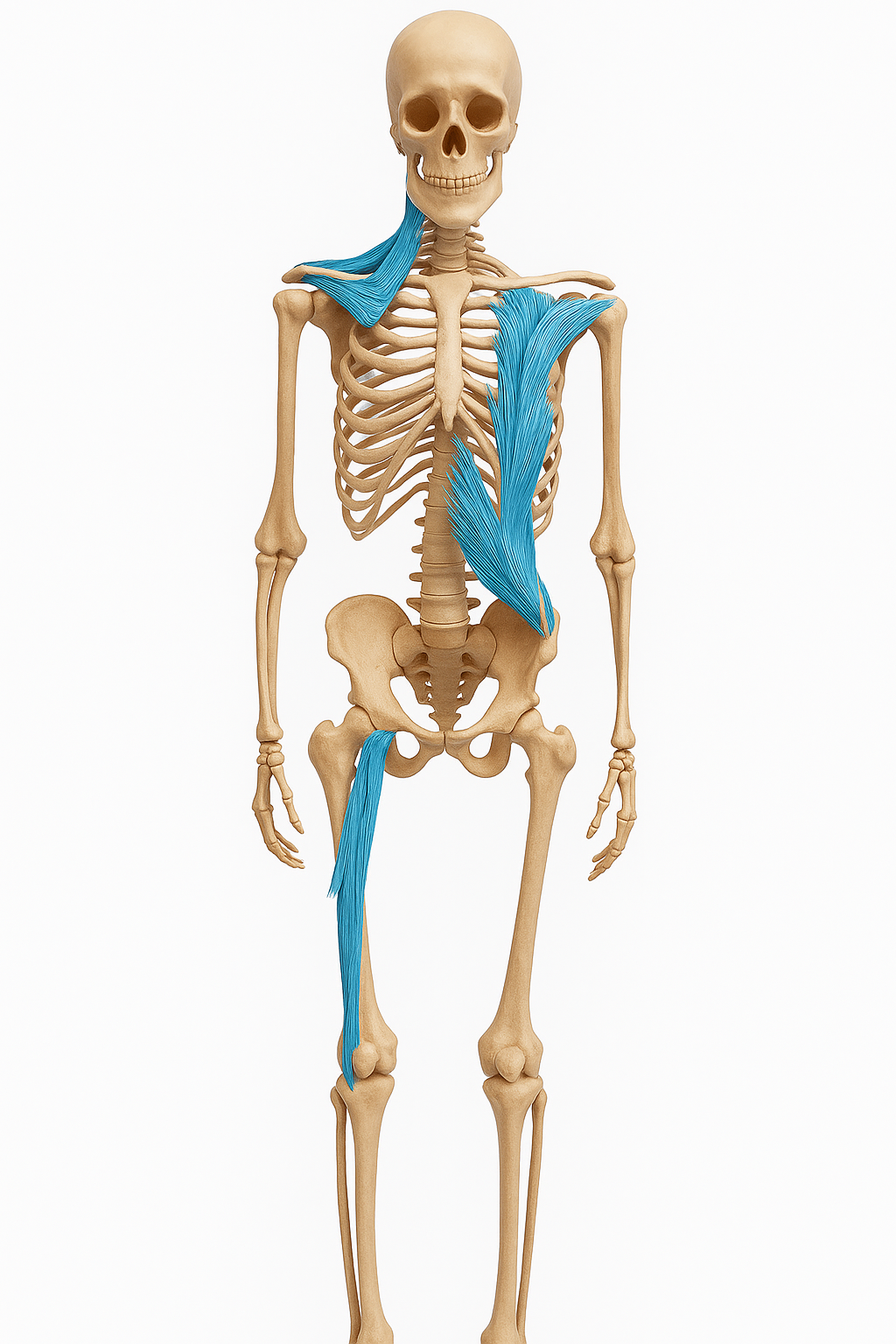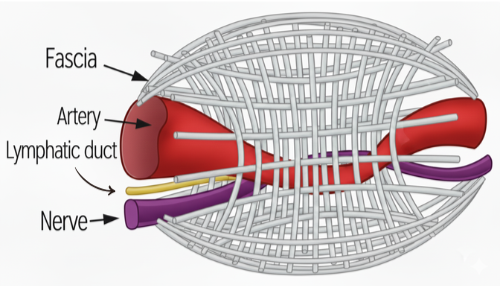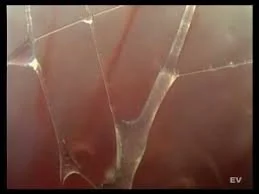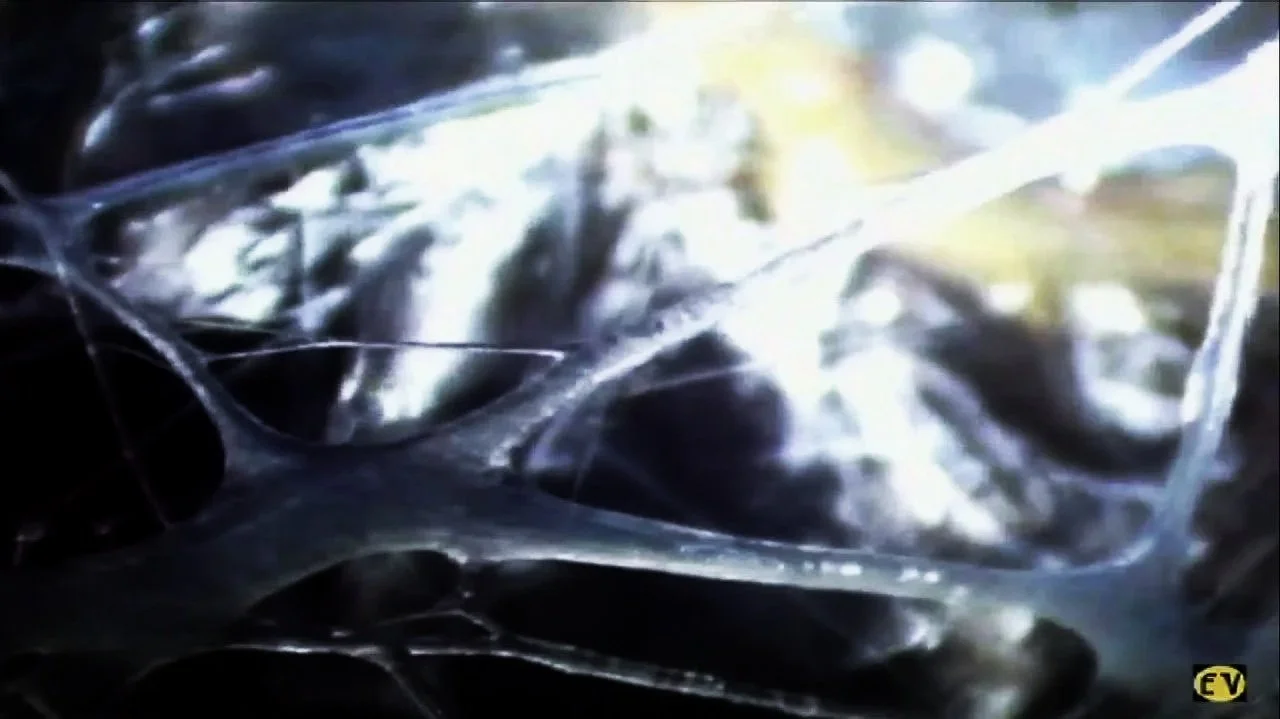“Your path towards a pain-free life starts here.”
Myofascial Release Helps
Low Back Pain
Neck/Shoulder Pain
Stress/Tension
Trauma
Sciatica
Nerve pain
Vertigo
Tinnitus/Ringing in ears
Carpal Tunnel
Insomnia
Numbness/Tingling
Plantar Fasciitis
Arthritis/Joint Pain
Neuropathy
Chronic Fatigue Syndrome
Orthopedic pain
Chronic pain
Headaches
Migraines
Jaw pain/TMJ
Fibromyalgia
Soft tissue injury
Scar/Adhesions
Burn Scars
Chronic post-surgical pain
Myofascial Pain Syndrome
Pelvic Pain
Scoliosis
Sports injury
Athletic Performance Enhancement
Tendonitis
Geriatric Health
What is myofascial release therapy?
Myofascial Release is a gentle, hands-on therapy that focuses on relieving tension and restrictions in the fascia — a three-dimensional network of connective tissue that links muscles, bones, joints, tendons, nerves, and organs, connecting all systems throughout the body. Over time, stress, injury, aging, inflammation, trauma, or poor posture can cause this fascia to become tightened, thickened, or stuck, leading to pain, limited movement, and imbalance throughout the body. When fascia becomes tight or adherent — due to injury, inflammation, or postural stress — it can compress underlying structures, such as nerves, altering movement patterns and creating pain throughout the body. When fascia becomes restricted, it can create tension, reduce mobility, and contribute to chronic pain or dysfunction. Our goal is to free these “fascial restrictions” and provide increased mobility & reduce pain over time.
Who is it for?
Myofascial Release is beneficial for all ages and activity levels, from highly active individuals to those with more sensitive or chronic conditions. Myofascial Release Therapy, when used long-term or for maintenance, helps keep the body balanced, preventing further fascial restrictions. Ongoing sessions help sustain the progress made in treatment, reduce the risk of tension returning, and encourage overall wellness and pain-free movement.
It is especially helpful for:
Individuals with chronic pain (neck, back, shoulders, hips, or legs)
People recovering from injury, surgery, or repetitive strain
People with limited flexibility, stiffness, or postural imbalance
Those with headaches, jaw tension (TMJ), or nerve compression symptoms
Individuals managing fibromyalgia, myalgia, or other connective tissue conditions
Athletes or active individuals looking to improve performance and mobility
Anyone seeking a gentle, whole-body approach for general pain relief and movement restoration
Myofascial Release is suitable for individuals experiencing chronic pain, restricted movement, or tension that has not responded to traditional medicine, surgery, physical therapy, or massage therapy.
visual interpretations of fascia in the body
How does it work to reduce pain & improve mobility?
During a Myofascial Release session, sustained hands-on pressure and stretching are applied to engage areas of fascial restrictions. Unlike traditional massage, this technique does not rely on force or rapid strokes. Instead, it works by following the body’s natural feedback — allowing the fascia to slowly soften, lengthen, rehydrate, and return to its natural flexibility. This allows your body to move more freely, reduce acute or chronic pain, and support long-term healing rather than just temporary relief.
interpretation of fascial restrictions causing postural imbalance & pain
diagram of fascial restriction causing compression of the nerve & artery
Research of the fascial system
Dr. Jean-Claude Guimberteau, a renowned hand surgeon, revolutionized our understanding of the body's internal structure by filming living connective tissue (fascia) with a tiny camera (endoscope) during surgery. His research, which is dramatically shown in his films like Strolling Under the Skin, shattered the old textbook model of the body as a collection of separate parts. Instead, he discovered that fascia is a single, continuous, three-dimensional, living web that wraps around and weaves through everything—muscles, bones, organs, and nerves—with no real boundaries or layers. He revealed that this complex, dynamic network is constantly moving, sliding, and adapting like an intelligent, watery spiderweb. This fundamental finding confirms — a problem in one area of your body can create pain or tension in a seemingly unrelated area: because everything is connected by the fascia.
Dr. Guimberteau’s microscopic images of fascia
*All services are for therapeutic and wellness purposes only and are not meant to diagnose or treat any illness. This therapy should not replace medical advice from a qualified healthcare provider.






